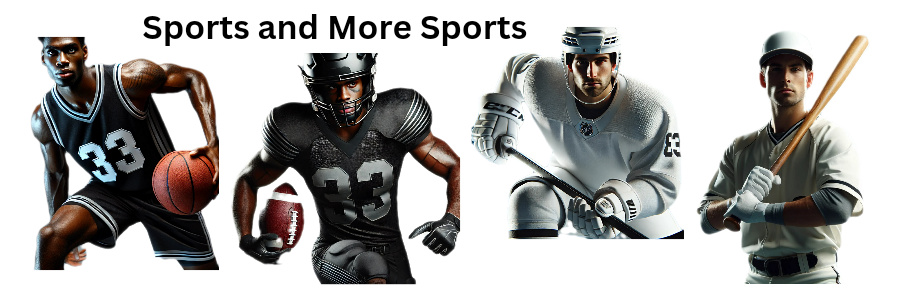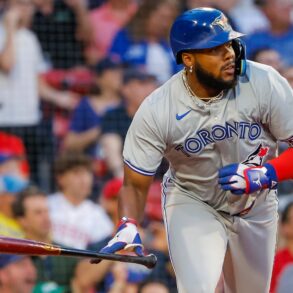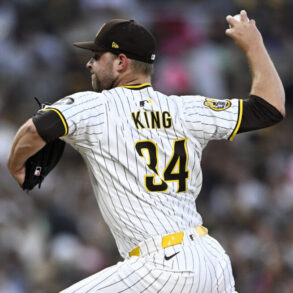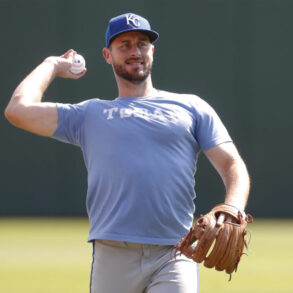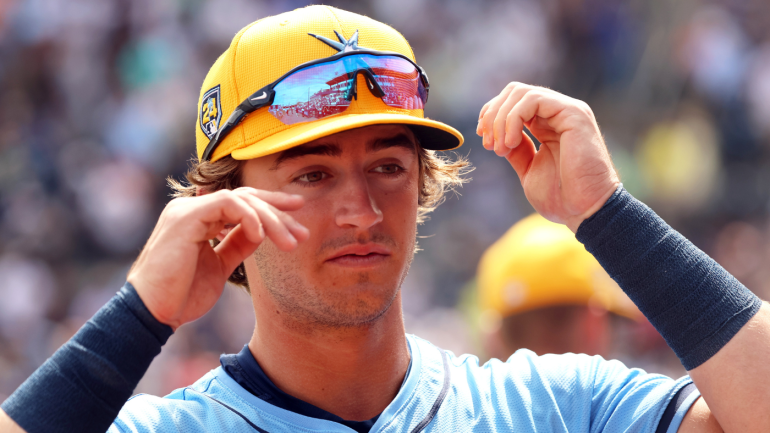
January’s arrival can mean only one thing around these parts: it’s time to rank minor-league prospects. Every team across the majors is selling hope to their fans: some are selling it in a more immediate fashion, in the form of active offseasons full of free-agent signings and trade acquisitions. Others, meanwhile, are selling it in the personage of prospects who could make the difference over the coming years.
CBS Sports will spend the next month examining the top three prospects in each organization. Our definition of “prospect” is simple: does that player have rookie eligibility remaining for the 2025 season? If so, they’re a prospect; if not, that’s probably why your favorite young player is absent from the proceedings.
As always, these lists are formed following conversations with scouts, analysts, player development specialists, and other talent evaluators around the industry. There’s a fair amount of firsthand evaluation, statistical analysis, and historical research mixed in, too. Plus a heaping of personal bias — we all have certain traits and profiles that we prefer over others; there’s no sense pretending otherwise.
Keep in mind that there’s no one right answer with these sorts of things. Besides, these are merely our opinions, meaning they have no actual bearing on the future. We already published our ranking of the top 25 prospects in all of the minors.
With all that out of the way, let’s get to ranking the top three prospects in the Tampa Bay Rays system.
Top 25 ranking: No. 5
The short hook: All-Star upside, but with some risk
Williams is a good defensive shortstop with at least 20-20 offensive potential thanks to his above-average (or better) power and speed combination. Those traits give him a high ceiling, but his ability to reach his absolute peak will be tested by a substandard hit tool. Williams has consistently struck out 28% or more of the time throughout his minor-league career, a frequency matched by only a few big-league shortstops. He has enough going for him to think he’ll be able to withstand that blemish; at the same time, he could develop into an MVP candidate if he can make more consistent contact. MLB ETA: Summer 2025
The short hook: Lift-and-pull is a lifestyle
Taylor has altered his fundamental offensive identity dating back to his days at TCU, leaning more into lifting and pulling the ball to maximize his slugging output. To wit, around half his batted balls last season were classified as fly balls, and more than 46% of his balls in play at High-A were hit to right field. Between Taylor’s spray chart and his tendency to strike out more than a quarter of the time, he’s unlikely to ever hit for a great batting average. He’ll instead have to provide value by walking and yanking every possible ball over the right-field wall. Defensively, Taylor is likely to end up at either second or third base out of deference to the aforementioned Carson Williams. MLB ETA: Late summer 2025
3. Brody Hopkins, RHP
The short hook: Electric right-hander with command questions
Hopkins, obtained in last summer’s Randy Arozarena trade, is a low-slot right-hander with a lively one-two punch. His fastball can clock into the upper 90s and features innate rising action; his slider, meanwhile, gives him a nasty swing-and-miss wrinkle. Writing that Hopkins has battled his command in the past would be generous given he issued 47 walks in 57 collegiate innings. He did keep his free passes in check last year, however, and his upside makes us willing to chance some regression in that area. MLB ETA: Spring 2026
This post was originally published on this site be sure to check out more of their content.

